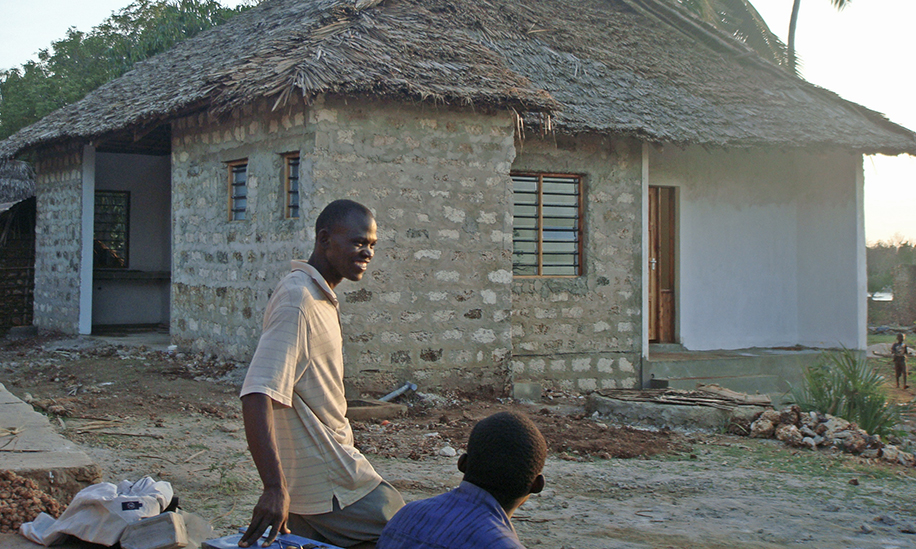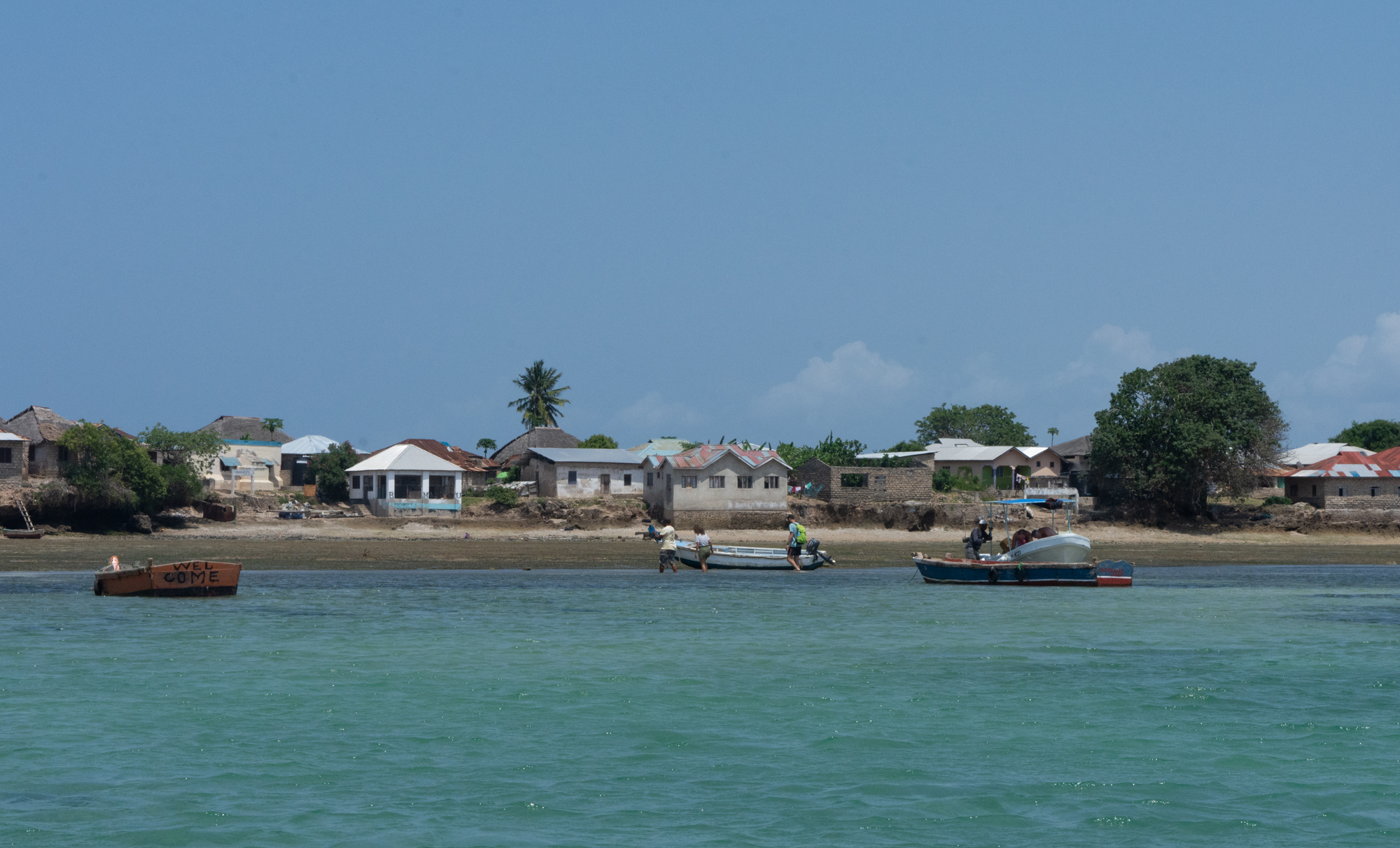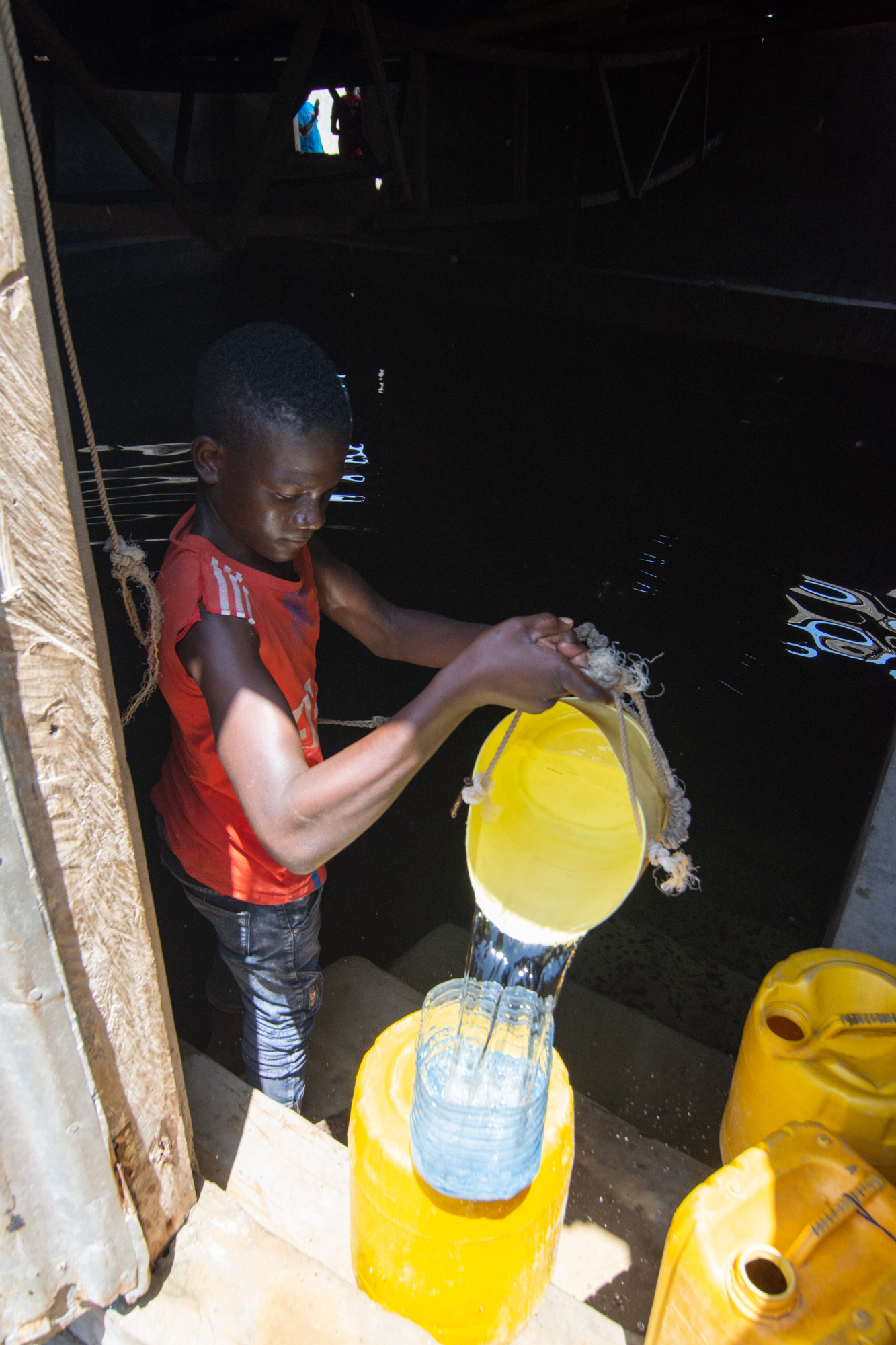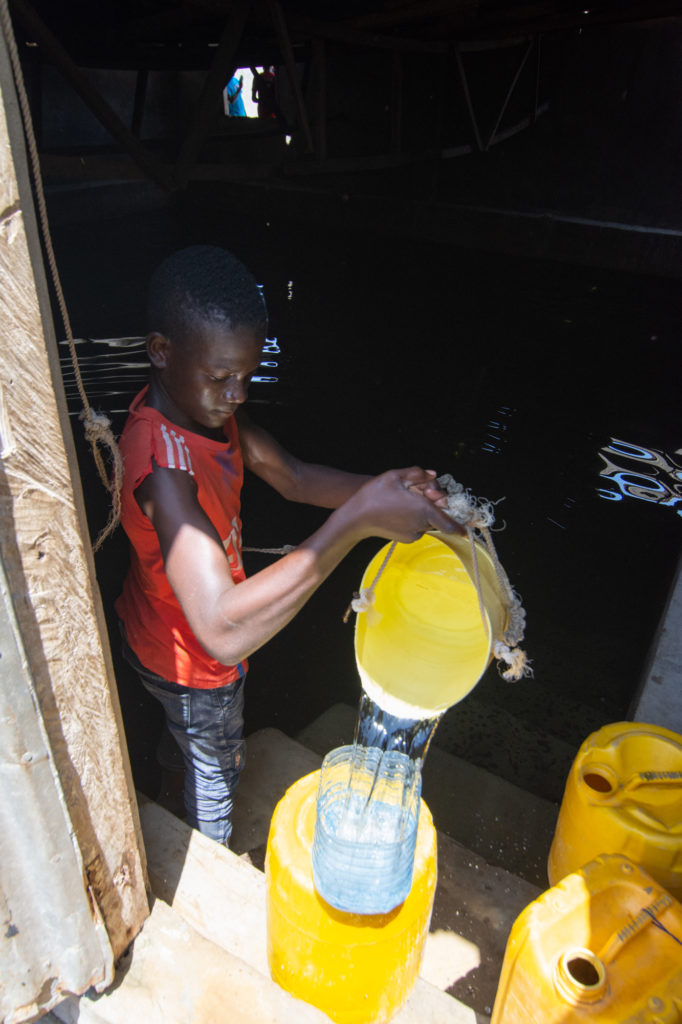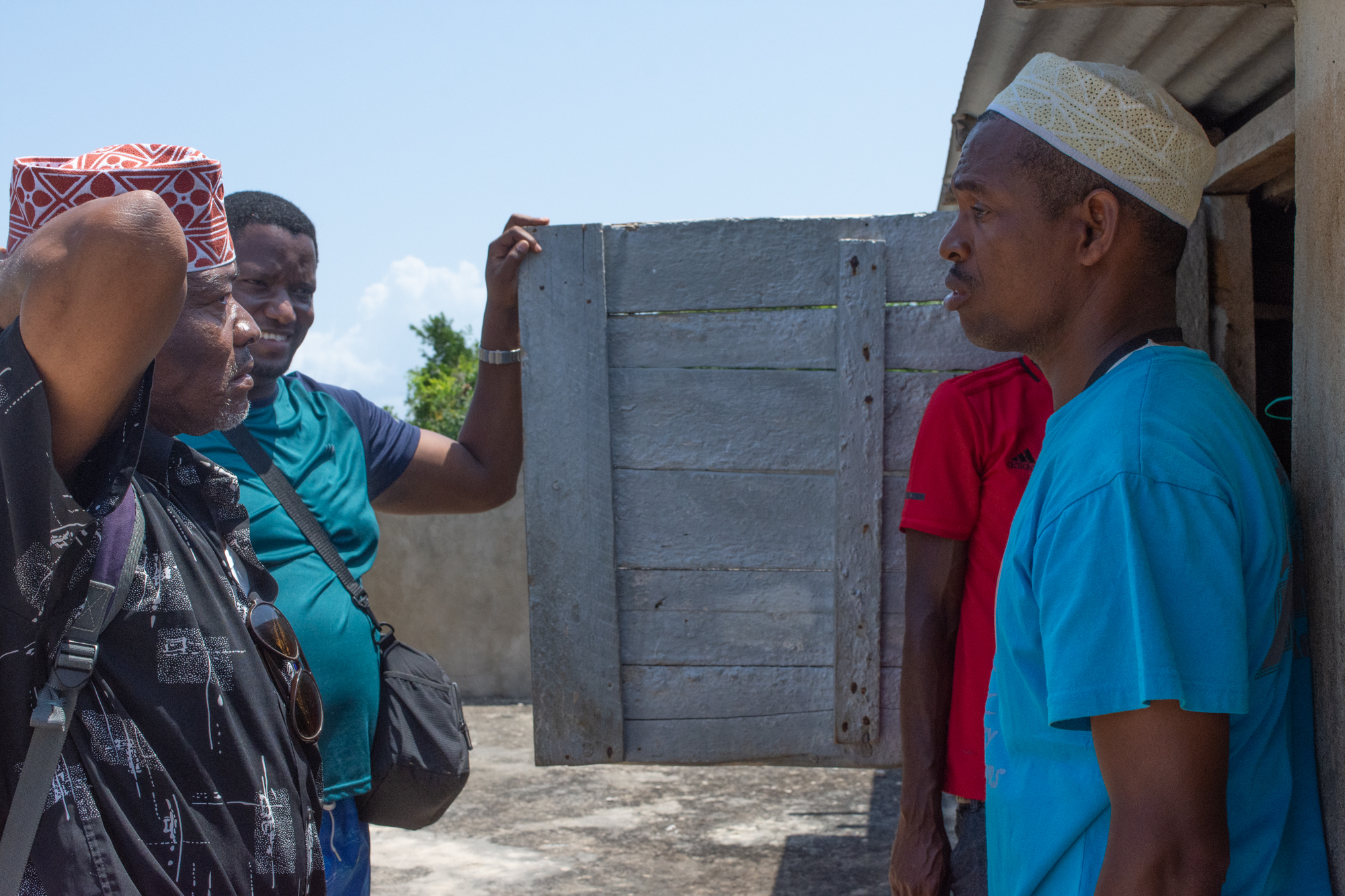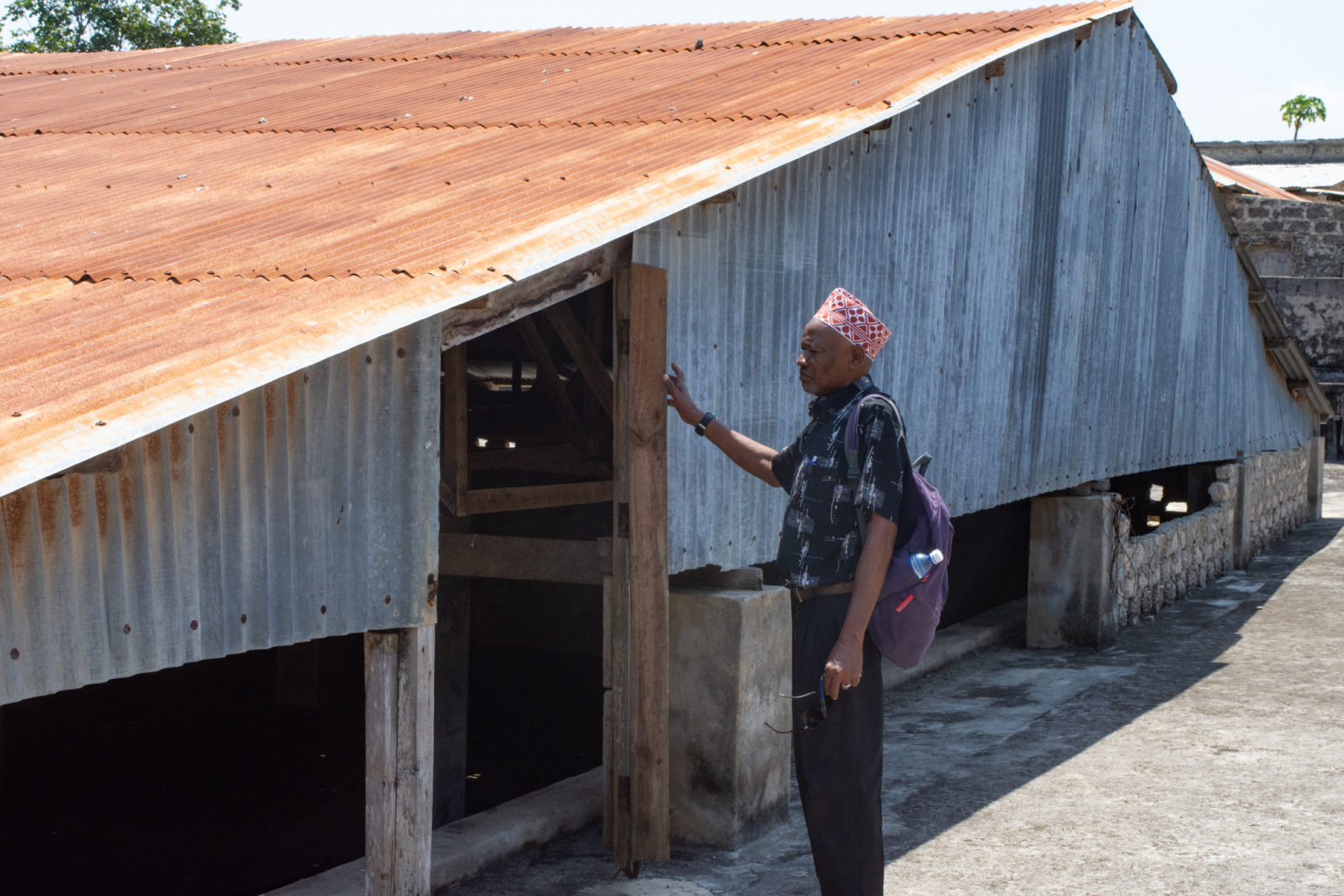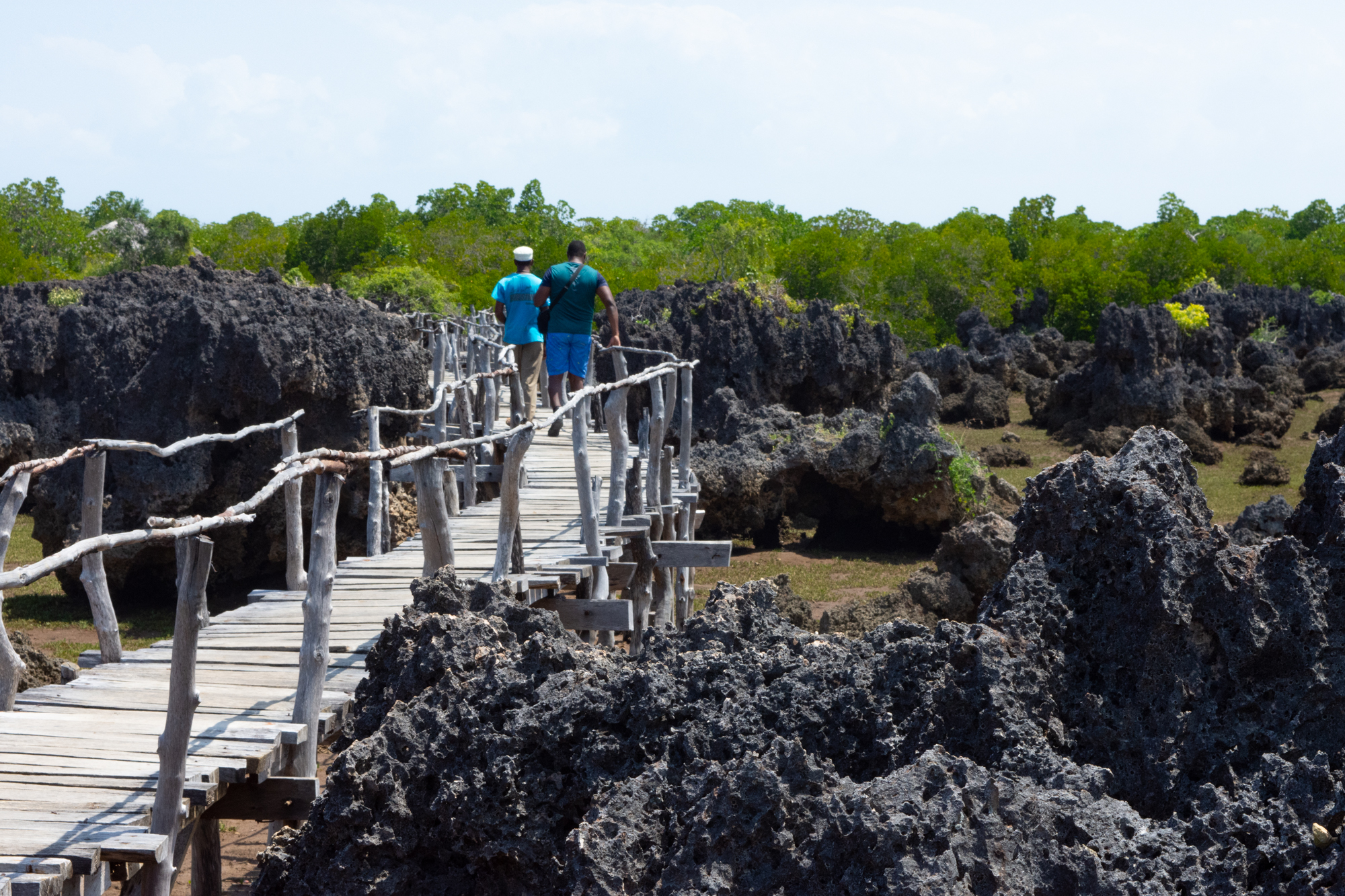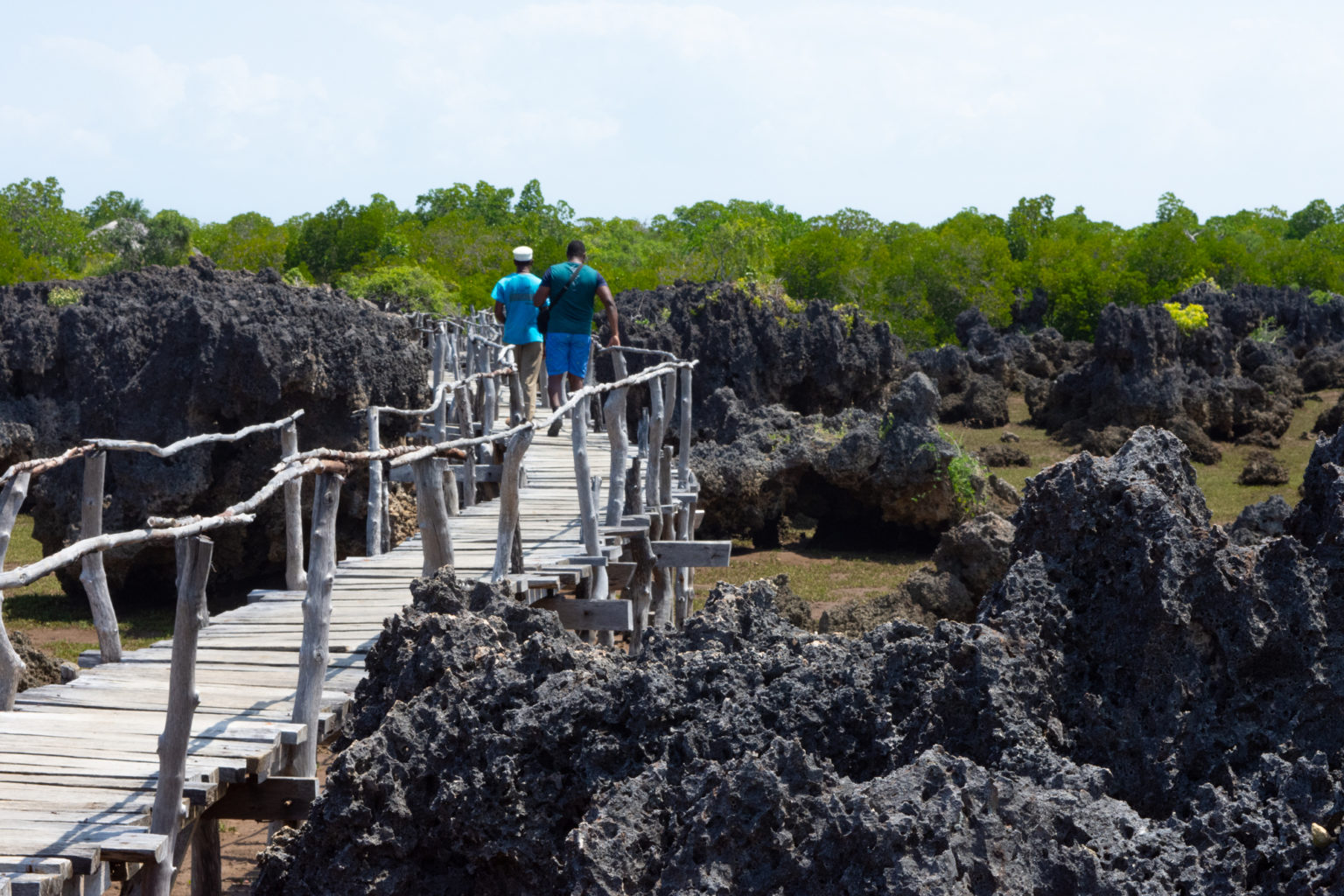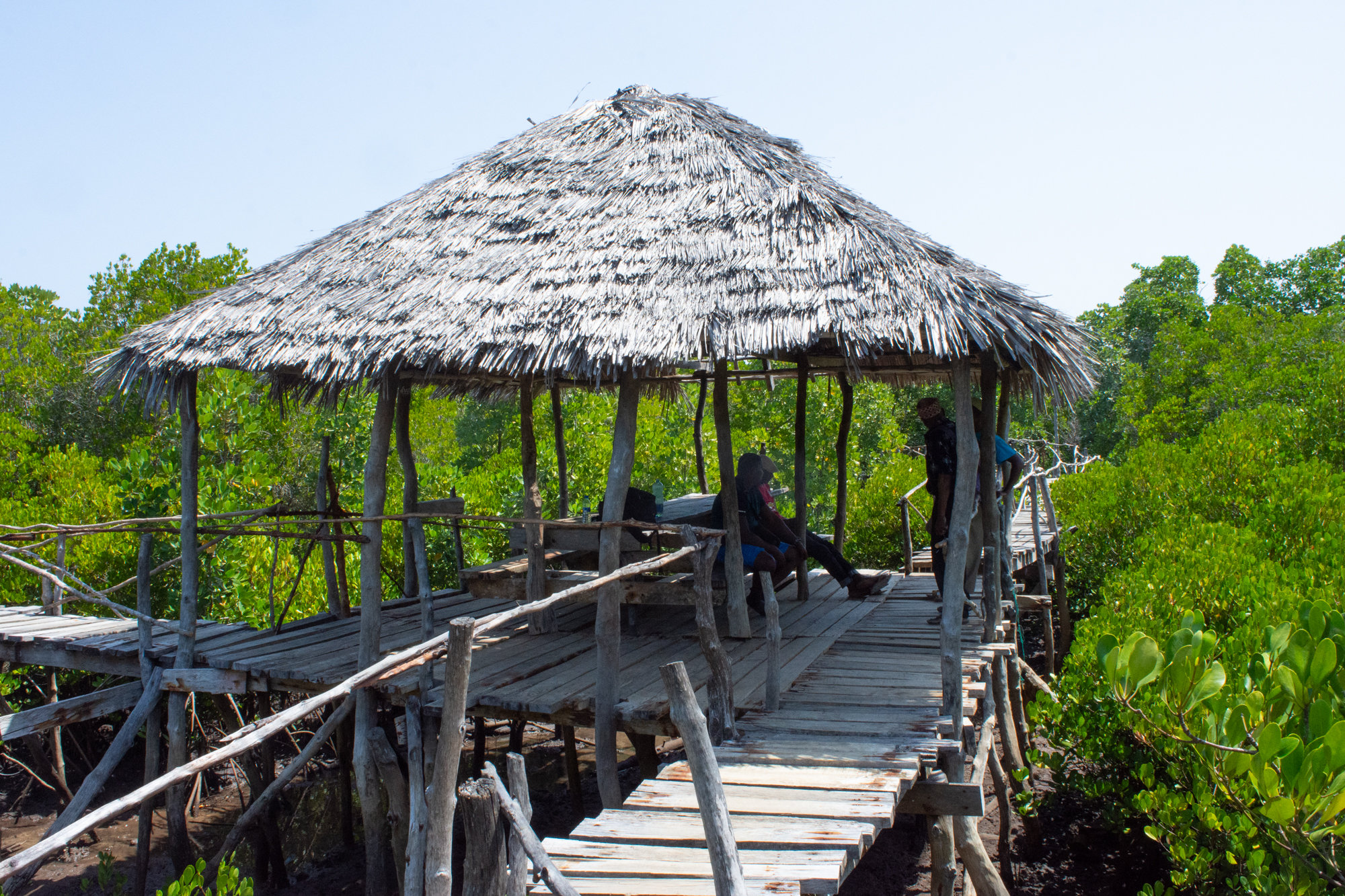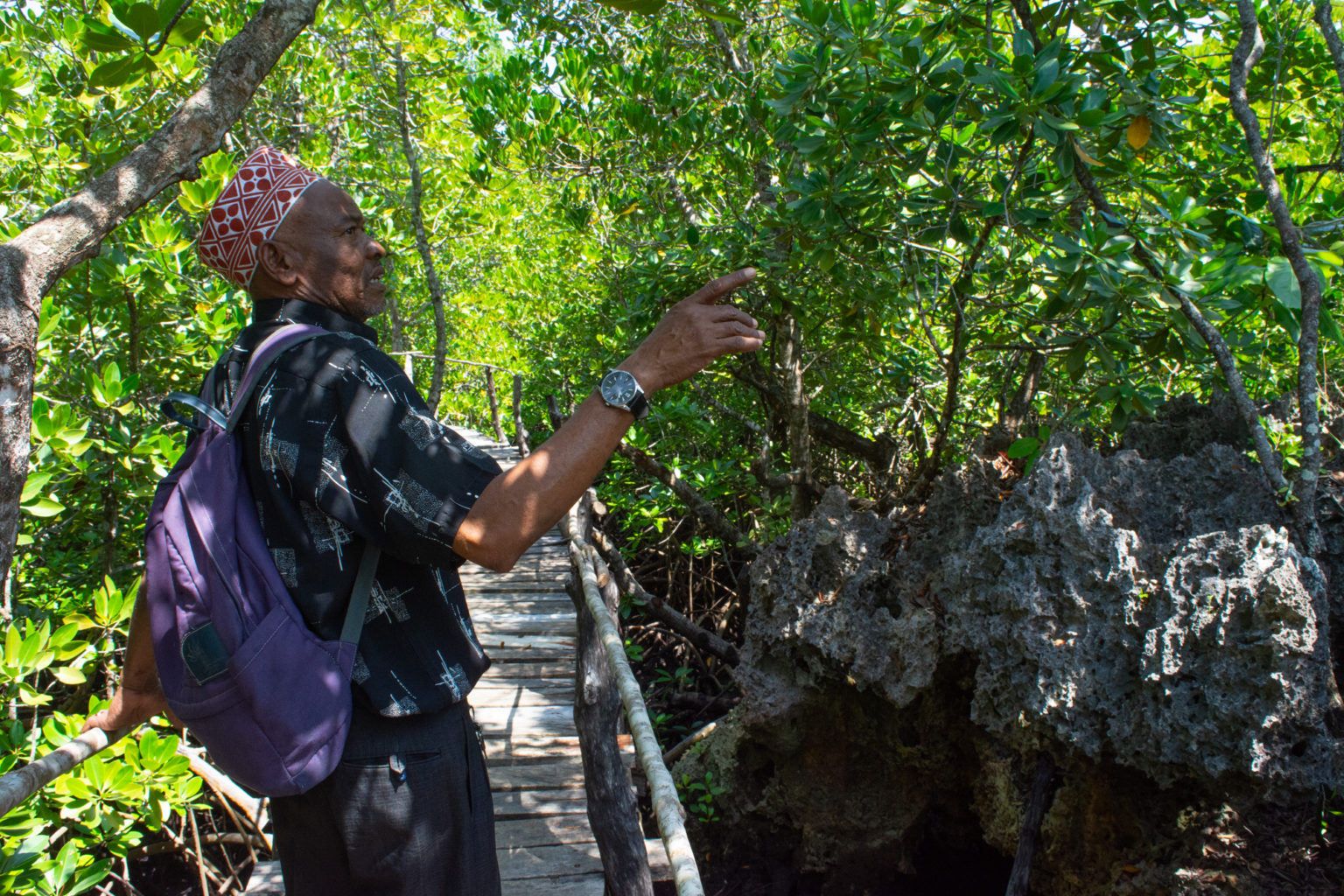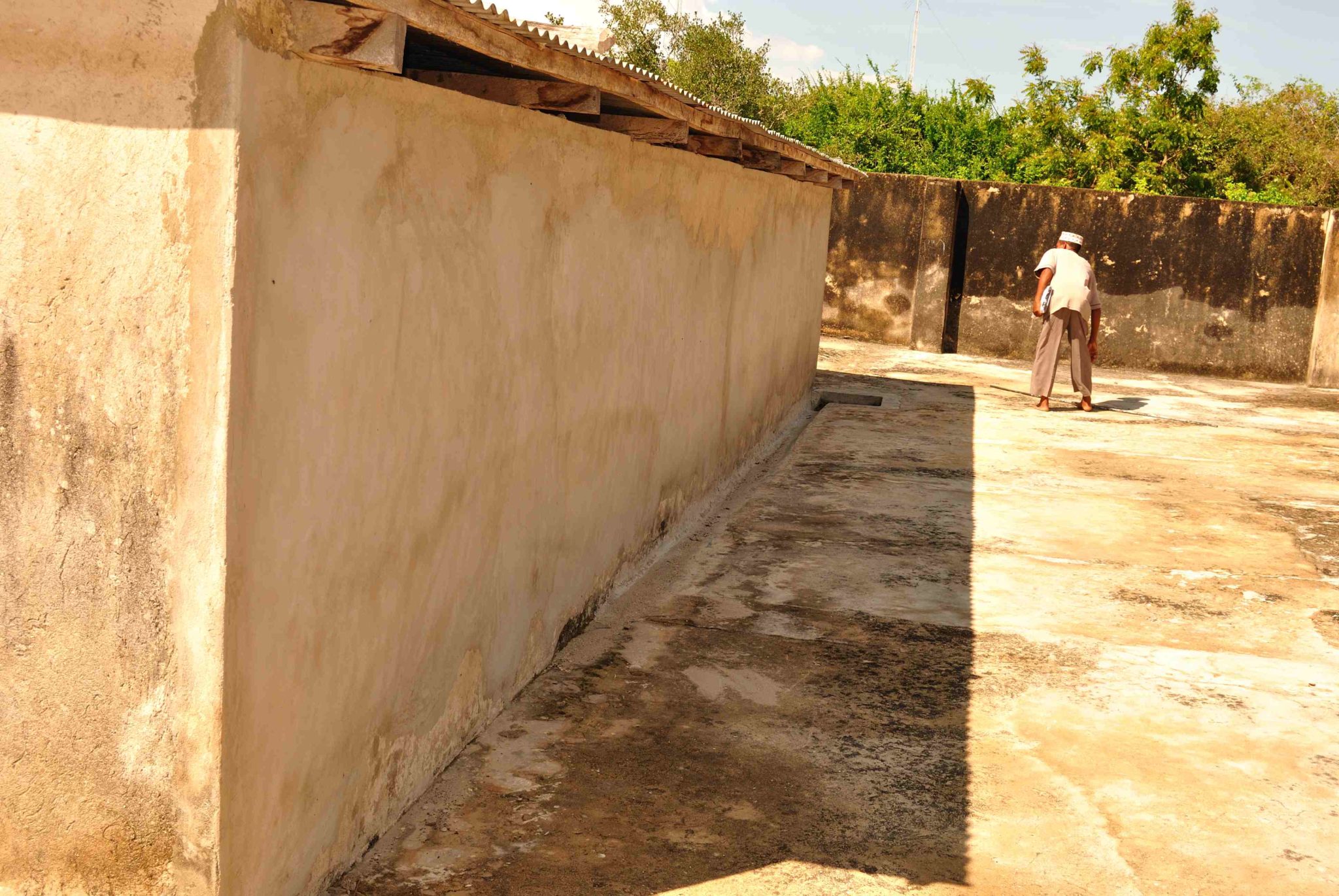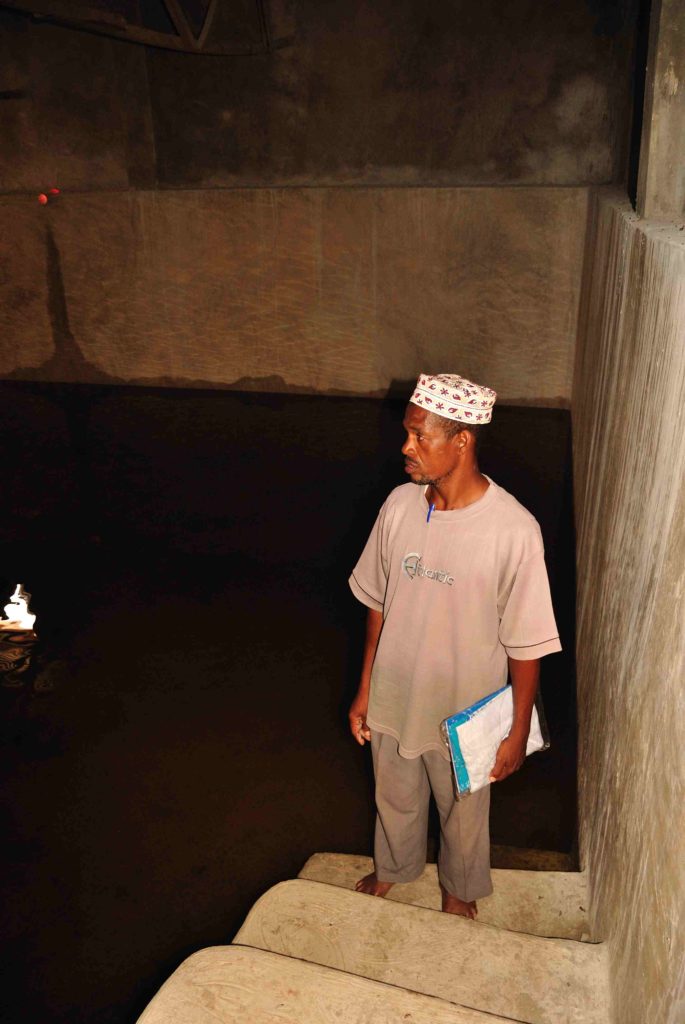Wasini Island, approximately 53 miles south of Mombasa City, Kenya, has approximately 2,500 inhabitants. The island has extensive mangrove forests covering 1,236 acres. The mangroves provide some protection to the nearby Kisite Marine Park as well as to the surrounding Mpunguti Marine Reserve. Both of those protected areas include extensive coral reefs with myriad ecologically significant fish, as well as seven species of dolphins, humpback whales, whale sharks, water birds, and turtles. But increasing demand for land, to build on or to farm, threatens the mangrove forests.
The island has no natural source of freshwater. As a result, the residents subsist on brackish water or water brought in containers from the mainland, which is very expensive. Seacology will fund the rehabilitation of three concrete water collection and storage tanks, and construction of two new tanks. In return, the communities will demarcate, protect, and manage a 1,236-acre mangrove forest, in partnership with the Kenya Forest Authority.




